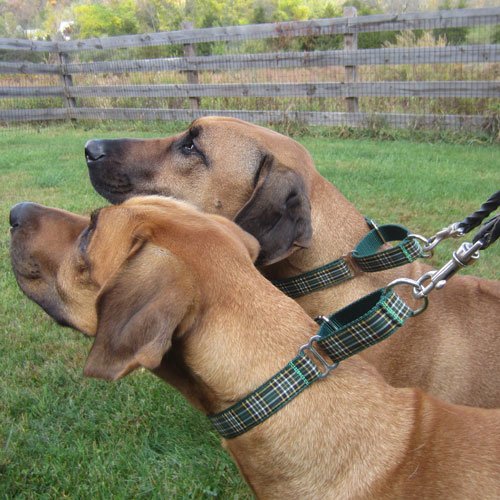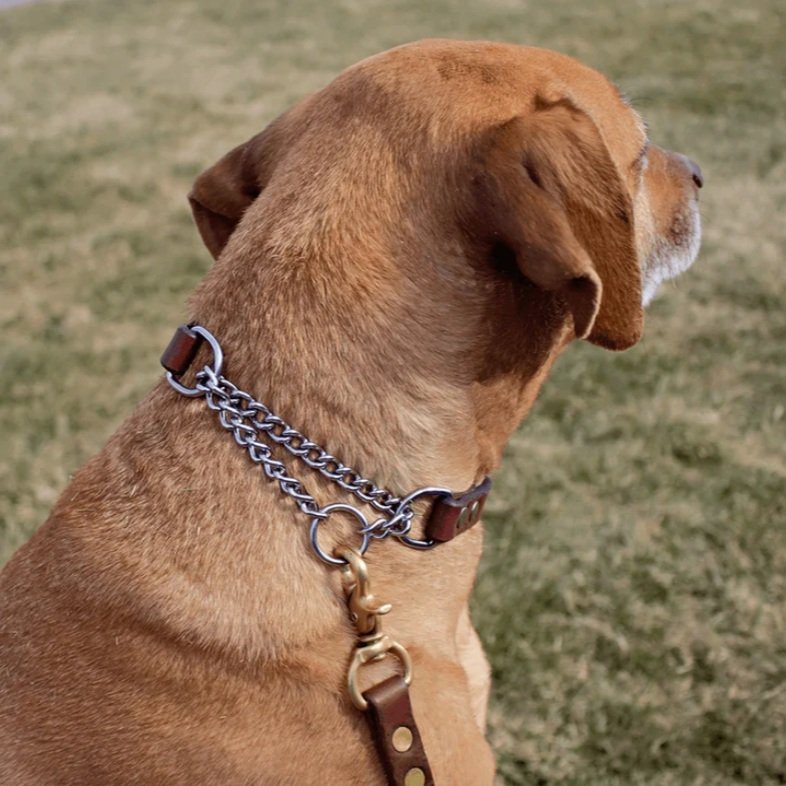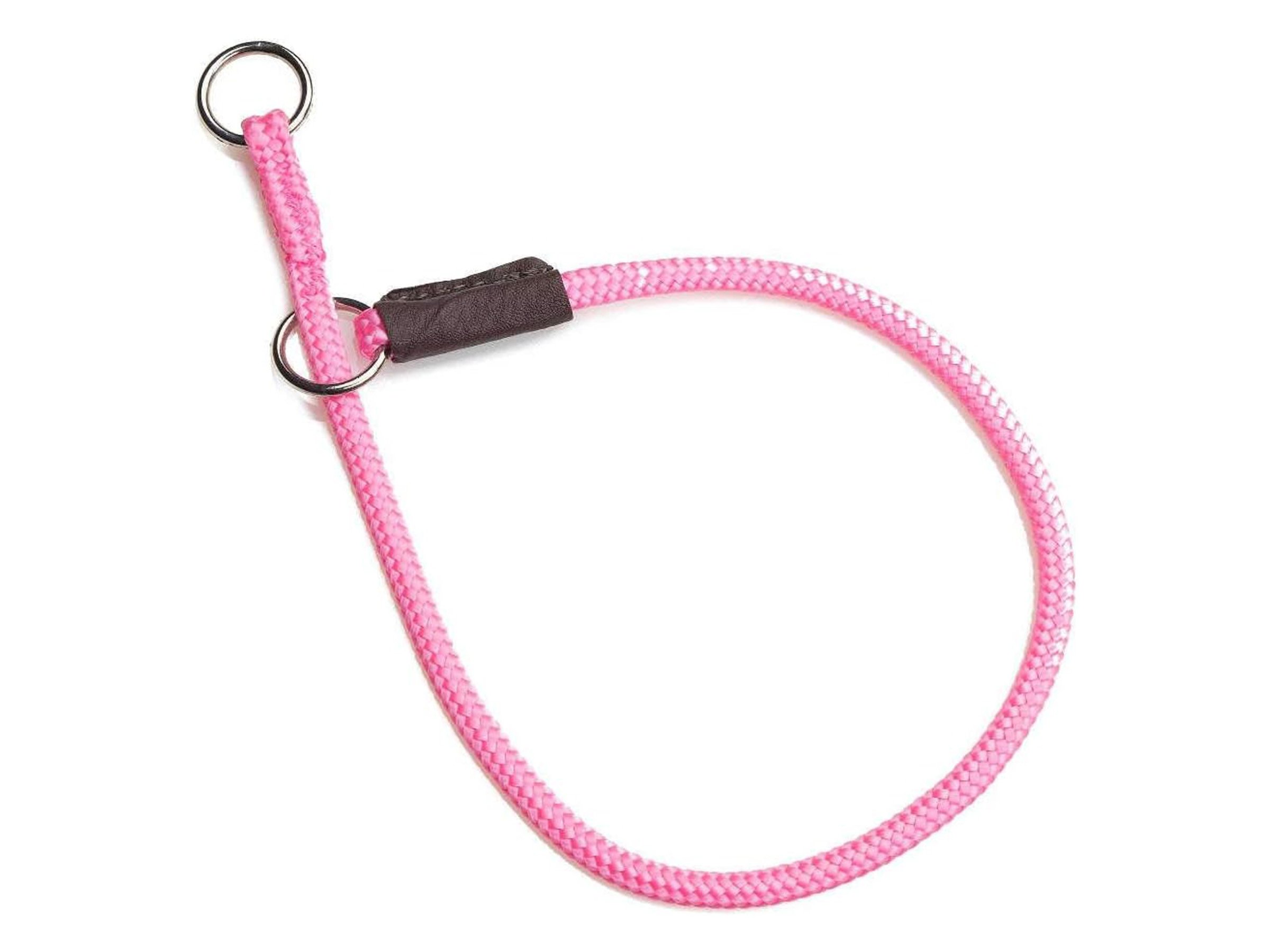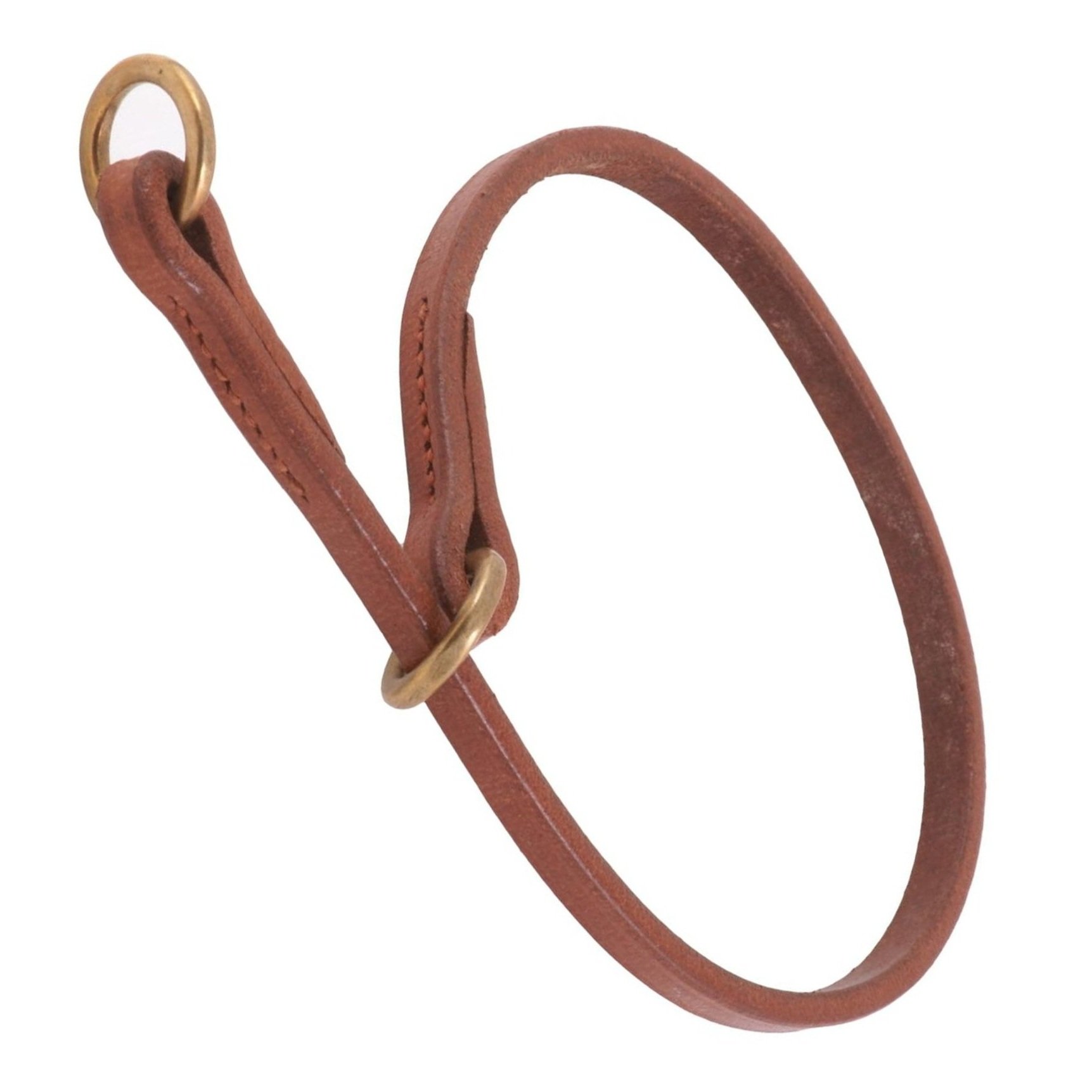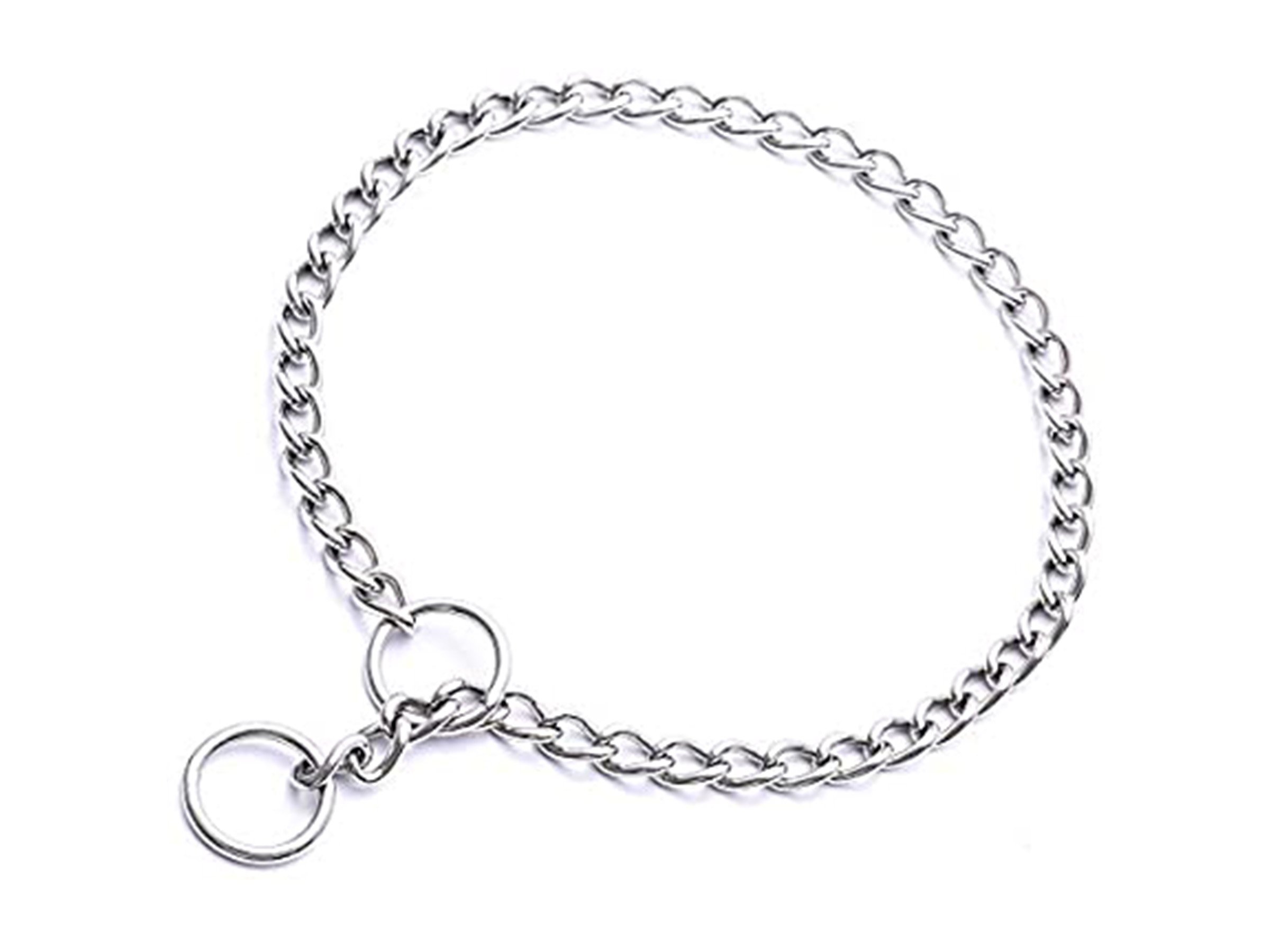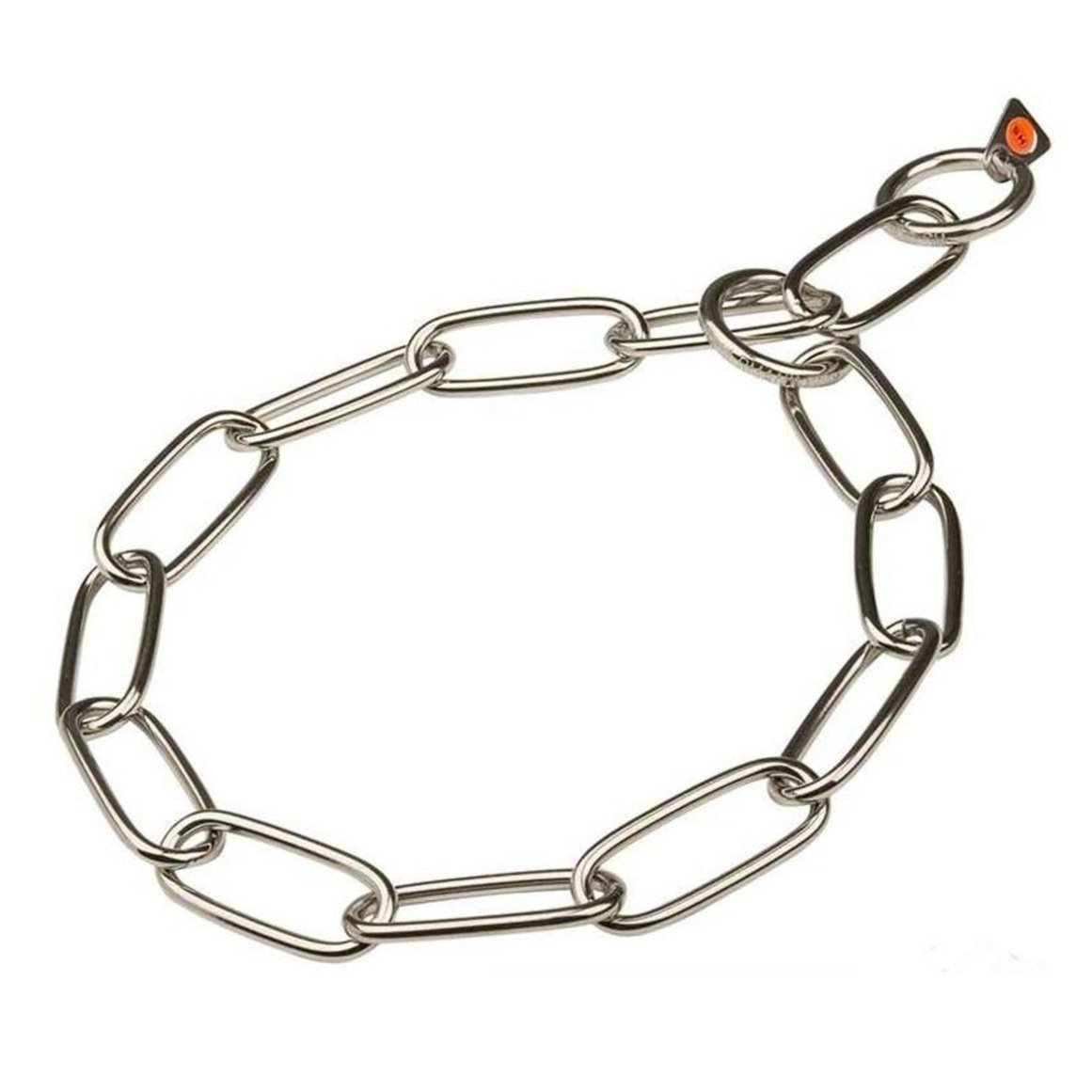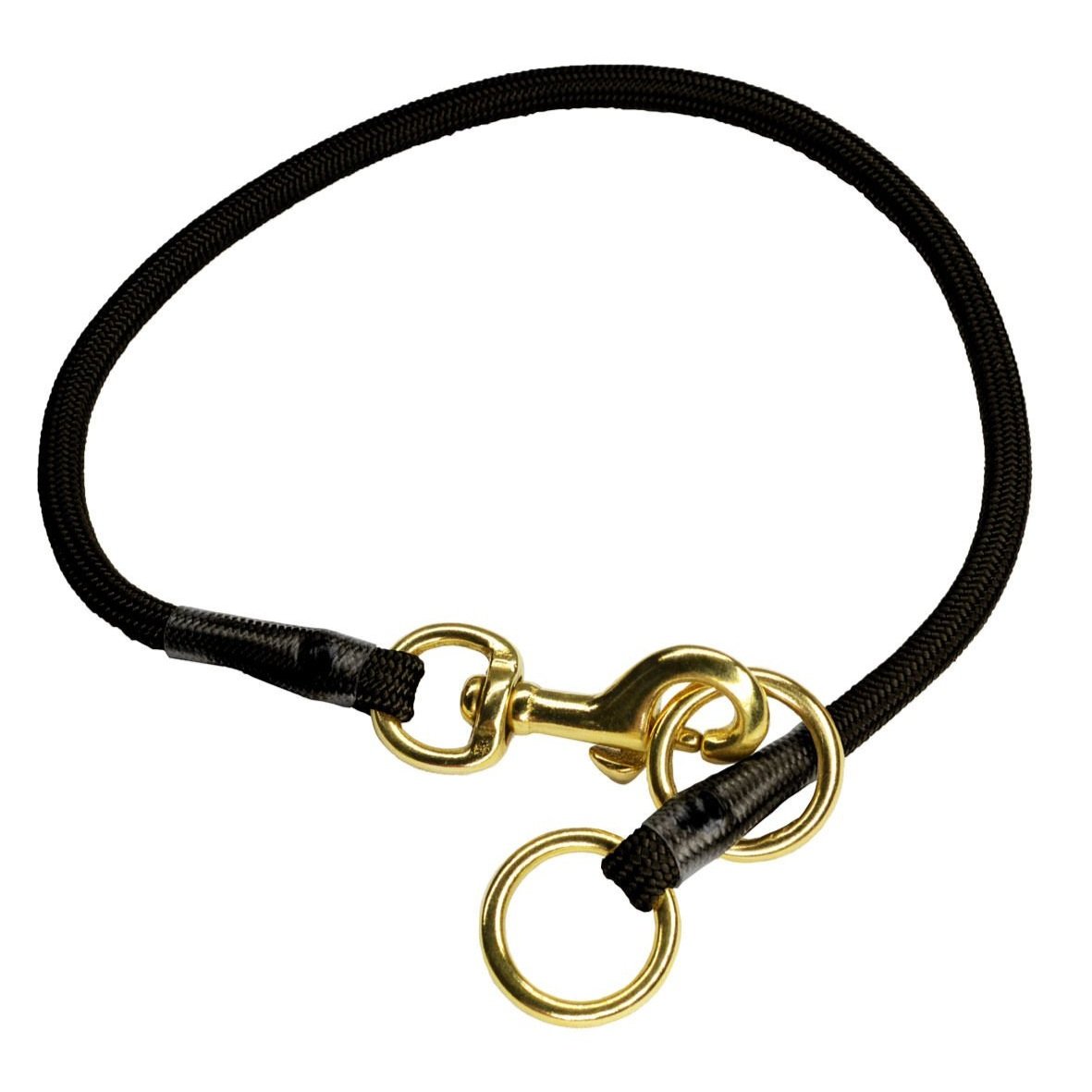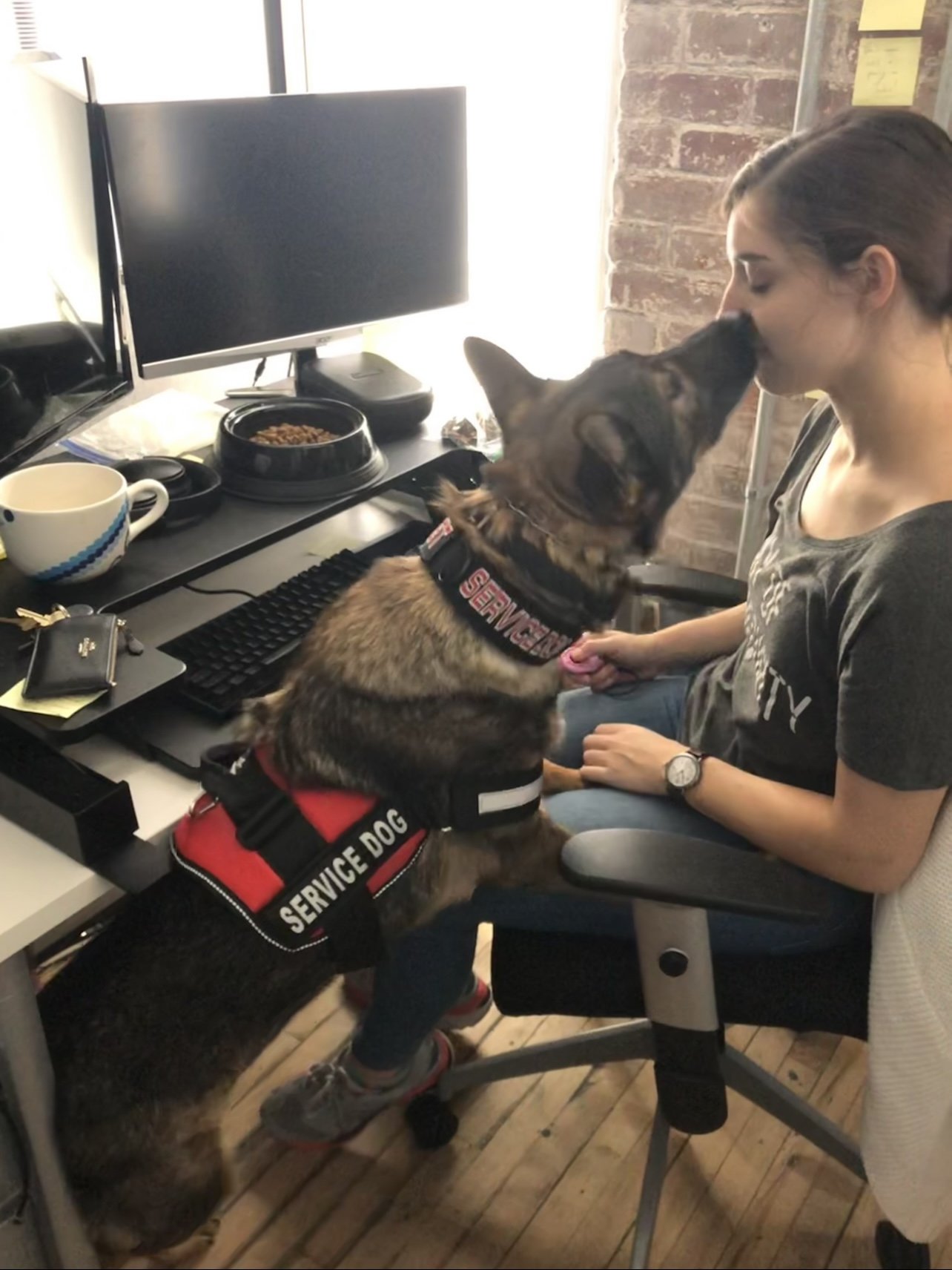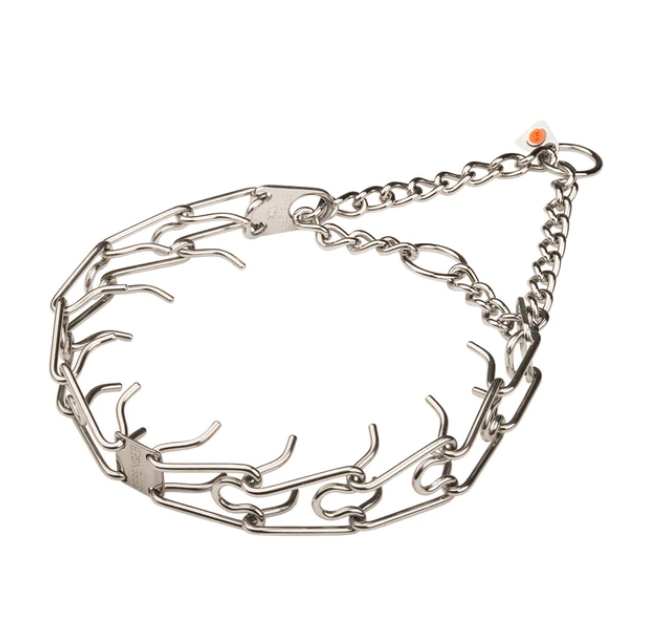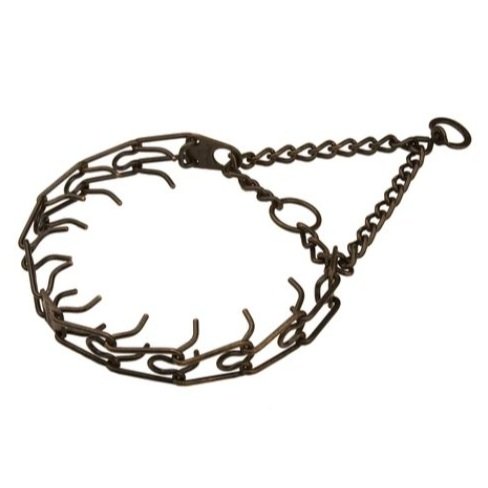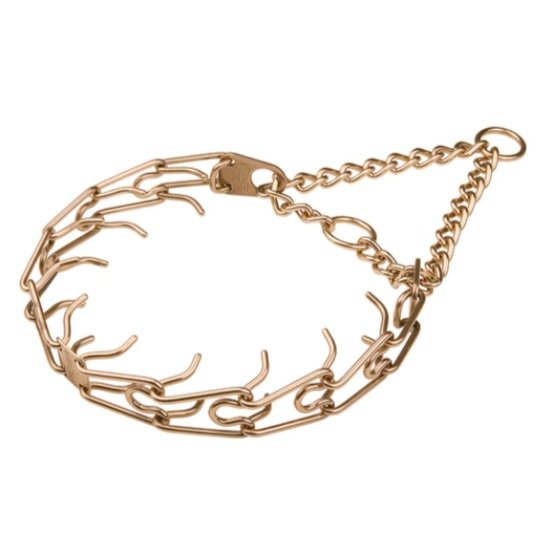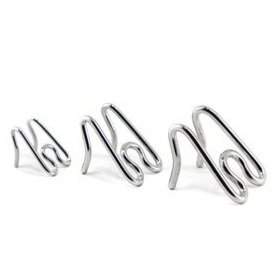All About Collars
Fashionable or functional, collars are an enormous subject I am excited to write about.
Our dog’s collars are a way to show the world that our pups have someone who loves them and to showcase their personality. Collars can be used for training and communication and are my preferred accessory when exploring the world with a dog on leash.
So what does your dog need?
Here is my take on collars to help you decide which is best for your dog or where to start your own research. It is important to consider the purpose of each collar type. As a trainer that works closely with pet owners I also consider each owner’s handling ability and each dog’s physical and emotional needs when deciding on a particular collar’s use.
Flat Collar
Flat collars are just that. Flat. This is an umbrella term given to any collar that buckles or snaps and is worn on a dog’s neck. Pulling on the collar does not make it tighter and there is no “action” to the collar. Most pets wear a flat collar to display their rabies tag or an i.d. tag. Flat collars can be made from nylon, biothane, leather, paracord, polyester, plastic, etc. Some flat collars have metal or velcro panels to display pertinent information like the dog’s name and owner’s contact info, or patches that say “Do Not Pet” or “Service Dog”. Flat collars range in width from a 1/2 inch for puppies or small dogs, and up to 2 inches in width for use in agitation or bitework. The larger the width of a collar, the more comfortable and safe it is for a dog to pull against it though sustained pulling should be limited to brief workouts.
Personal Protection Dog Lacy wears an Agitation Collar on leash for her workout.
Duncan the Schnoodle wears a flat collar on leash during his training stay.
Colt and his housemate pose in their flat collars during their photoshoot.
Service Dog Cody wears a large “Do Not Pet” ID Collar
Whether working with pet dogs, sport dogs, working dogs or puppies, I only attach a leash to flat collars with flat metal buckles and metal rings. I NEVER attach a leash to a collar with a clip type buckle or plastic D ring. These are destined to break. More than likely they will at the most inopportune time. I use properly fitted flat collars with the correct hardware on leash in agitation work and with puppies and smaller dogs in training. They are used until I experience behaviors on leash where I desire more control or improved communication with the leashed dog.
I have TONS of flat collars that I will never attach a leash to. I have collars with everything from manatees to baseballs, bows, crystals, and beading, and even flat collars for my dogs that match my horse’s tack. I just love them! Fun to see on my dog but never my dog’s primary collar because of the hardware or because there are collars that my dogs respond to more reliably on leash. These “fashion collars” are used in addition to their primary collar. Read on to learn what I use for my dog’s and dogs in training primary collar.
Martingale Collar
Often made of nylon, fleece, leather, minky, and usually incorporates stainless steel components. Martingale collars have an “action” associated with their use. When opposing pressure is applied on a martingale type collar it will tighten. When pressure is released, the collar releases too. Because of the way martingale collars are constructed there is a limit to how tight a martingale collar can get. They are also easy to slip on and off quickly and I consistently see them on the sidelines of fast cat, lure coursing, the agility ring, and other timed performance events.
Martingale collars come in a variety of widths ranging from spaghetti sized to 2 inches. Believed to have been originally developed for sighthound breeds with long elegant necks, the martingale collar evenly distributes pressure around a dog’s neck and it is generally accepted as a safe or gentle form of passively correcting pulling on leash. The thought behind it is that the dog pulls on the leash, their collar tightens, the dog feels this pressure, and makes the decision to stop pulling on their own.
My experience with martingale collars is that it is put on dogs by pet owners in hopes that the collar’s action will eliminate unwanted pulling behavior. It very often does not, and when a dog pulls against the collar anyway with sustained pressure and unless it’s very wide, the collar can cause injury to the wearer’s neck. It may help with some dog’s pulling behavior in some situations but I have not experienced enough success with this tool to recommend it to pet owners consistently. I do recommend martingale collars be used in situations where handlers want to permit safe pulling on the leash while handling their dog in and around performance events and in and around the conformation ring.
Slip Collar
Slip collar is an umbrella term for a variety of collars with a tightening action where a live ring slips freely through what’s referred to as a dead ring. The collar will perform it’s tightening action on its own when pressure is applied and the live ring slips through the dead ring. In addition to this, the collar can be engaged via the leash with consistent pressure or with precise leash corrections.
Slip collars can be made of nylon, leather, biothane, metals, or combinations of any of these. Fur savers, dominant dog collars, choke chain collars etc are all types of slip collars.
Slip collars are consistently used in the competition ring (conformation shows), within some trial fields (lower level protection sports), and used for daily handling and training with pets and sport dogs in a variety of shapes and sizes.
My preference for my own pets and sport dogs is to have a metal slip collar on them at all times. I use fur savers or chain collars. These collars are strong, waterproof, never stink, and can last a dog’s entire lifetime. They can be worn 24/7 comfortably and enable me to grab my dog quickly and even lift them with no fear of the collar breaking or the dog slipping out of it. I can stick my hand under the collar and handle my dog as needed.
For leash work these are my go to for many of my own dogs and for some of my client’s dogs. I like the strength of these collars and the action they provide. I have the option to communicate with the leashed dog via a variety of ques, corrections, pressures, and releases.
There is no limiter on slip collars and especially thin slip collars can cause injury so care should be taken when using them. I recommend using slip collars with the guidance of a professional dog trainer to ensure proper fit and application.
Psychiatric Service Dog Karma practicing tasks with her new handler in a prong collar.
Prong Collar
Prong or sometimes referred to as pinch collars look very intimidating to most pet owners, and even some dog trainers too. My experience with prong collars is that they are a valuable tool to have in the toolbox and should not be avoided just because of how they look to some. Comprised of metal prongs that point inward, the collar tightens around a canine's neck when pressure is applied. Like martingale collars, the extent that the collar can tighten is limited so there is no risk of a dog being choked. Pressure is distributed evenly around the dog’s neck, with space in-between all pressure points. Because of these features, communication is very clear when used appropriately and it is a great option for smaller dogs whose throats are prone to injury.
When considering the use of a prong collar I factor in the dog’s physical and mental maturity and their handler’s physical ability. Many dog owners are unable to physically provide their dog with a leash correction that the dog will acknowledge in other types of collars. In instances where the handler’s physical ability is insufficient for use with other collars, a prong collar can bring the dog and their owner onto an equal plane and maintain the line of communication between the two.
I keep prong collars in my toolbox and am excited to introduce proper fit and proper application to my clients and their dogs when recommended.
Head Collar
Sometimes referred to as Gentle Leaders, headcollars are designed to provide pet owners with more control when walking their dog on leash. When I saw a dog wearing one for the first time, entering the grooming salon I worked at in 2010, I admit to being completely confused about what the heck I was looking at. My fellow groomers and the neighboring vet techs were just as confused. We all came to the conclusion that it was some type of muzzle confinement devise and were baffled as to why it was on such a kind and well behaved Golden Retriever. We were honestly horrified because we didn’t know better.
Similar to a horse halter, a head collar wraps around a dog’s muzzle and neck. It then attaches to the leash underneath the dog’s head, providing the leash holder with the necessary leverage for better control and communication.
Willow on a walk with me and Evelyn during her Board & Train stay in her newly implemented head collar.
My experience with head collars is limited. I have only worked with a handful of dogs over the years where this was the tool I landed on for their training. All of these dogs had little to no response to communication via leash and collar. I suspect they had been desensitized through improper use of other collars before entering my training program. I am SO thankful head collars were a viable option for each one.
My most recent trainee who was conditioned and trained with a head collar was a lovely German Shepherd who was completely oblivious to any and all collar pressures or corrections. The level of intensity necessary to illicit the desired response on leash was not appropriate and this German Shepherd had just been adopted by an owner who was older and had some mobility issues. Based on these factors I introduced a head collar. With proper conditioning both this dog and her new owner did brilliantly!
Although head collars have a dedicated spot in my tool box they are not my immediate go to. Compared to collars, these take considerably more time for a dog to adjust to and conditioning can be a lengthy process and sometimes quite an ordeal. Dogs initially hate them and want them off of their face immediately. They are often willing to throw out some serious shenanigans to accomplish this, putting stress on their necks and muzzles. Extreme care should be taken during conditioning and every day use to ensure the head collar does not injure the wearer. So much leverage placed at the dog’s head and muzzle can create dangerous situations including injury to the dog’s muzzle, neck, and spine from long term and short term misuse or even simple handler error.
If you are interested in trying a head collar with your dog, do your due diligence and consider reaching out to a professional dog trainer familiar with this tool to ensure a safe introduction and proper guidance in real time.
If after reading this you are thinking “Whoa. There are lots of factors to consider when deciding what to attach my dog’s leash to.” Hurray! Collars are important and should be considered with care for each dog and the goal you have for them on leash.
Take care and happy training!








